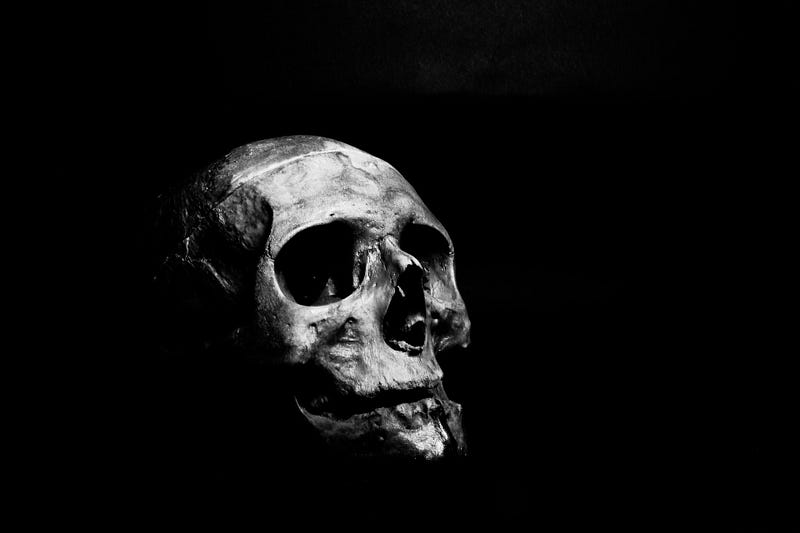Exploring Ancient Medical Practices: The Longobard Skull Mystery
Written on
Chapter 1: The Longobard Discovery
Recent archaeological findings have unveiled a skeleton of a woman from the Longobard people, unearthed in Italy. This skeleton features distinct cross-shaped cuts on her skull, indicating that she underwent two trepanation surgeries. It is believed that she died following the last operation.

Located near Ascoli Piceno in the Marche region, this early Christian necropolis houses remains of individuals from the West Germanic Longobards. This group, having migrated from Scandinavia, established their kingdom in northern Italy during the 6th century, lending its name to the region now known as Lombardy.
The woman’s skull drew the attention of a collaborative team of Spanish and Italian researchers who analyzed skeletons from the Longobard cemetery. Although many of these remains were discovered in the 19th century, advances in technology now allow for a more detailed examination than was possible back then. The distinctive cross-shaped incision on the woman’s skull led researchers to conclude that she underwent two trepanation procedures, likely in an attempt to treat a serious illness, although the exact condition remains undetermined.
According to bioarchaeologist Ileana Micarelli from the University of Cambridge, “We suspect the woman succumbed to an unexplained illness, and it’s likely that trepanation was seen as a potential remedy.”
Section 1.1: Painful Procedures
After conducting microscopic, macroscopic analyses, and CT scans, researchers concluded that the trepanation was likely an excruciating experience. The cross-shaped incisions imply that a significant portion of the scalp had been removed. Notably, the first procedure is believed to have occurred at least three months before her death, followed by a second, more fatal surgery.
Above her forehead, the skin was again removed, and several centimeters of bone wer